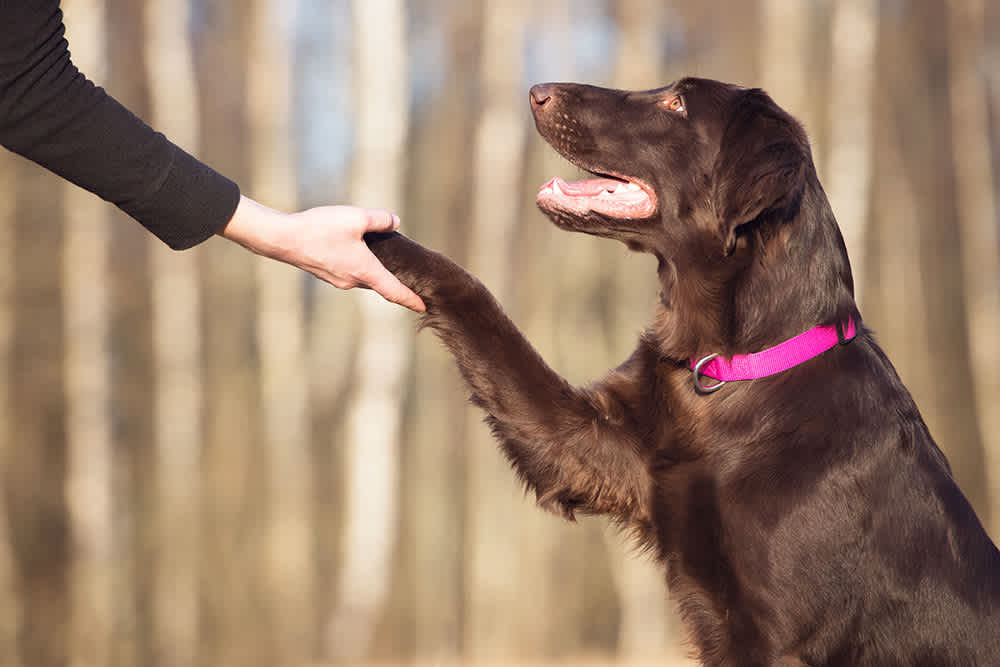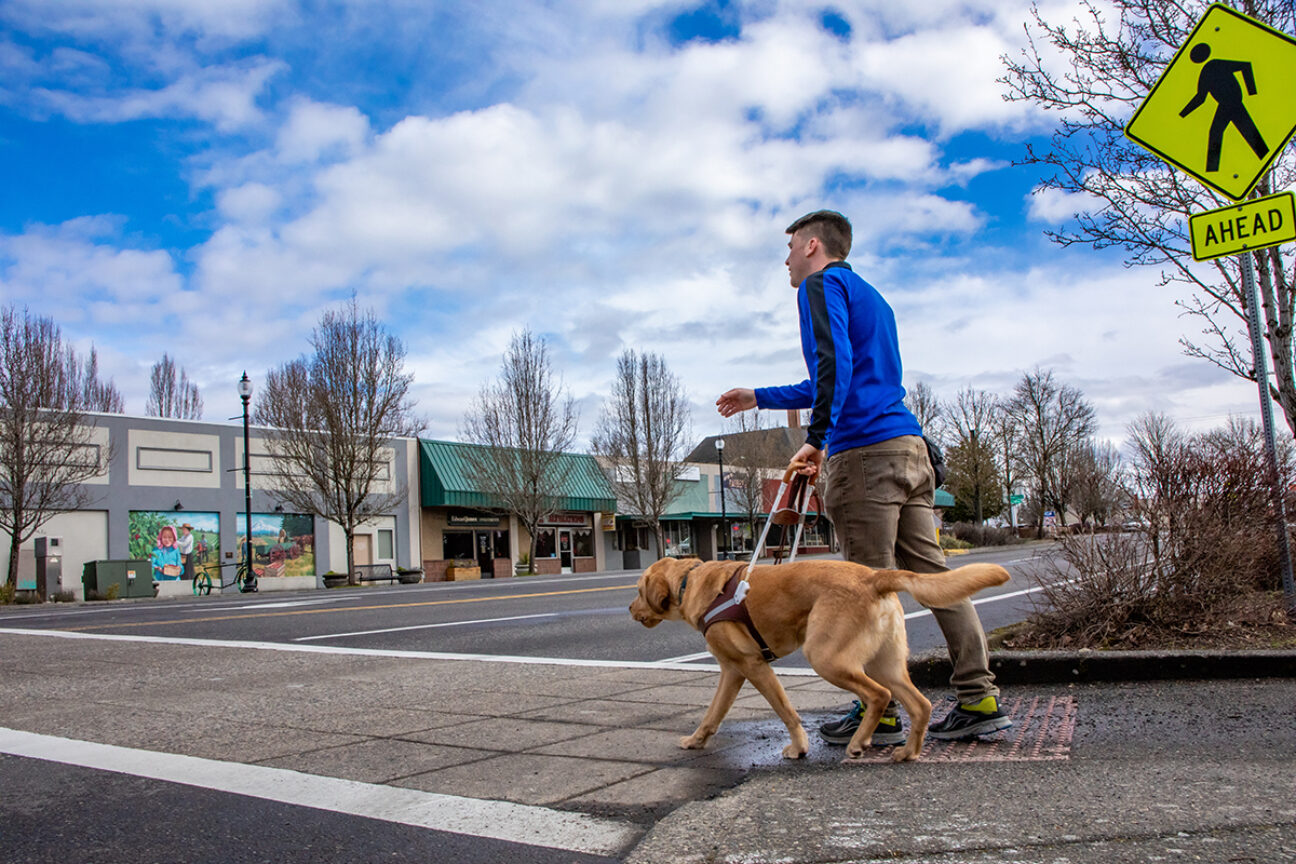How Professional Dog Training Can Enhance Your Dog’s Skills and Behavior
How Professional Dog Training Can Enhance Your Dog’s Skills and Behavior
Blog Article
Newbie's Guide to Successful Pet Training in your home
Effectively training a dog at home requires a nuanced understanding of canine behavior and efficient communication techniques. Developing clear training objectives, making use of premium incentives, and maintaining consistency throughout member of the family are crucial elements. Incorporating training right into day-to-day routines can boost both interaction and retention. Several newbie fitness instructors come across obstacles that may hinder progression. To browse these intricacies properly, it's vital to explore a number of key elements that can transform your technique and lead to a harmonious partnership with your family pet. What basic principles should every newbie understanding to ensure success?
Understanding Canine Habits
Understanding dog actions is essential for efficient training and fostering a harmonious connection between humans and their canine companions. Pets communicate largely with body language, articulations, and facial expressions, making it essential for owners to translate these signals accurately. Recognizing actions such as tail wagging, grumbling, or trembling can supply insights right into a dog's mood and intents.

Common behavior concerns, such as hostility, anxiousness, or excessive barking, usually stem from misunderstandings or unmet demands. Observing and attending to these problems without delay can prevent acceleration and ensure a positive training experience. By fostering a deep understanding of canine actions, proprietors can customize their training approaches to match their canine companions, eventually leading to a pleased and well-behaved animal.
Essential Training Tools
A fully equipped training area can dramatically boost the effectiveness of pet dog training in the house. Essential training devices ensure that both the pet dog and the instructor can engage in productive sessions that foster knowing and bonding.

Buying a strong leash and a comfy, well-fitting collar or harness is crucial for safety and security and control. These tools help establish boundaries and make sure the pet dog stays safe and secure throughout training. In addition, a marked training area, devoid of diversions, help concentration for both the pet dog and the trainer.
Training aids such as training pads, cones, or agility equipment can additionally enhance the experience by presenting selection and challenges. Having a note pad or electronic app for tracking development can be indispensable, enabling you to keep in mind successes and areas for renovation. Using these important tools will produce a positive training setting and lay the structure for effective learning.
Developing a Training Routine
Establishing a consistent training regimen is important for efficient pet dog training in the house. A well-structured regular not only helps in reinforcing desired habits but likewise gives your dog with a complacency and predictability. To produce an effective training routine, begin by recognizing certain training objectives, such as fundamental commands, chain strolling, or house-training.
Choose a designated time each day for training sessions, preferably when your pet dog is responsive and sharp. Sessions ought to be brief, about 5 to 15 mins, to maintain focus and prevent exhaustion. Consistency in timing and environment will improve your dog's understanding experience.
Include training right into day-to-day tasks to enhance abilities. For instance, technique commands throughout walks or nourishment, which integrates finding out right into all-natural regimens. In addition, continue to be adaptable and change the routine as necessary, suiting your pet dog's power levels and state of mind.
Positive Support Methods
Positive support strategies are essential to reliable pet dog training, promoting preferred habits via incentives instead than penalty. This technique utilizes positive stimulations, such as treats, praise, or play, to urge canines to duplicate certain actions. The keystone of this approach is timing; rewards should be provided quickly complying with the preferred behavior to create a clear organization.
When applying positive reinforcement, it is necessary to choose benefits that are inspiring for your pet dog. High-value treats, such as tiny items of hen or cheese, can be especially efficient throughout training sessions. Furthermore, varying the rewards can keep your dog's rate of interest and excitement.
Beginning with easy commands, like "rest" or "remain," and progressively development to extra complex tasks. Consistency is vital; ensure that all member of the family use the exact same commands and incentive systems to prevent complication.
Additionally, it is important to continue to be person and stay clear of aggravation. Dogs, like human beings, discover at their very own rate. By promoting a helpful training setting through positive support, you can enhance your pet's discovering experience while enhancing the bond in between you and your furry companion, preparing for effective training results.
Common Educating Challenges
While training a canine page in the house can be a satisfying experience, it commonly includes a collection of common difficulties that can test both perseverance and uniformity. One prevalent concern is interruption. Pets might come to be conveniently averted by sounds, movements, or perhaps fragrances in their environment, making it hard to preserve their emphasis throughout training sessions.
Another difficulty is variance in commands and reinforcement. If household members i loved this make use of various cues or rewards, it can hinder and confuse the pet development. Developing a unified method is necessary for reliable interaction.
In addition, dogs can experience irritation or tension, particularly if they do not recognize what is expected of them. This can result in unwanted behaviors, such as eating or barking.
Lastly, the timing of support is crucial (Dog training). Postponed rewards can diminish the efficiency of positive reinforcement, as dogs may fail to attach the actions with the incentive
Overcoming these obstacles calls for commitment, clear interaction, and an organized training strategy. Identifying and attending to these common challenges will pave the way for a much more effective and delightful training experience in the house.
Verdict
In conclusion, effective pet dog training in your home demands a thorough understanding of canine actions and reliable interaction strategies. By developing clear YOURURL.com training objectives and making use of premium deals with along with positive reinforcement, the training procedure comes to be much more gratifying for both the instructor and the pet dog. Adaptability, persistence, and consistency are necessary components that help with discovering. Inevitably, integrating training into daily routines improves the bond between dog and proprietor, making the experience both productive and pleasurable.
Establishing a consistent training routine is necessary for efficient pet training at home.Favorable reinforcement strategies are basic to reliable pet training, promoting preferred behaviors through incentives rather than penalty (Dog training). By promoting an encouraging training setting through positive reinforcement, you can boost your canine's knowing experience while strengthening the bond between you and your furry buddy, laying the groundwork for effective training outcomes
In verdict, successful dog training at home demands a comprehensive understanding of canine habits and effective interaction approaches. By establishing clear training objectives and using high-quality treats together with positive support, the training procedure comes to be a lot more satisfying for both the pet dog and the fitness instructor.
Report this page